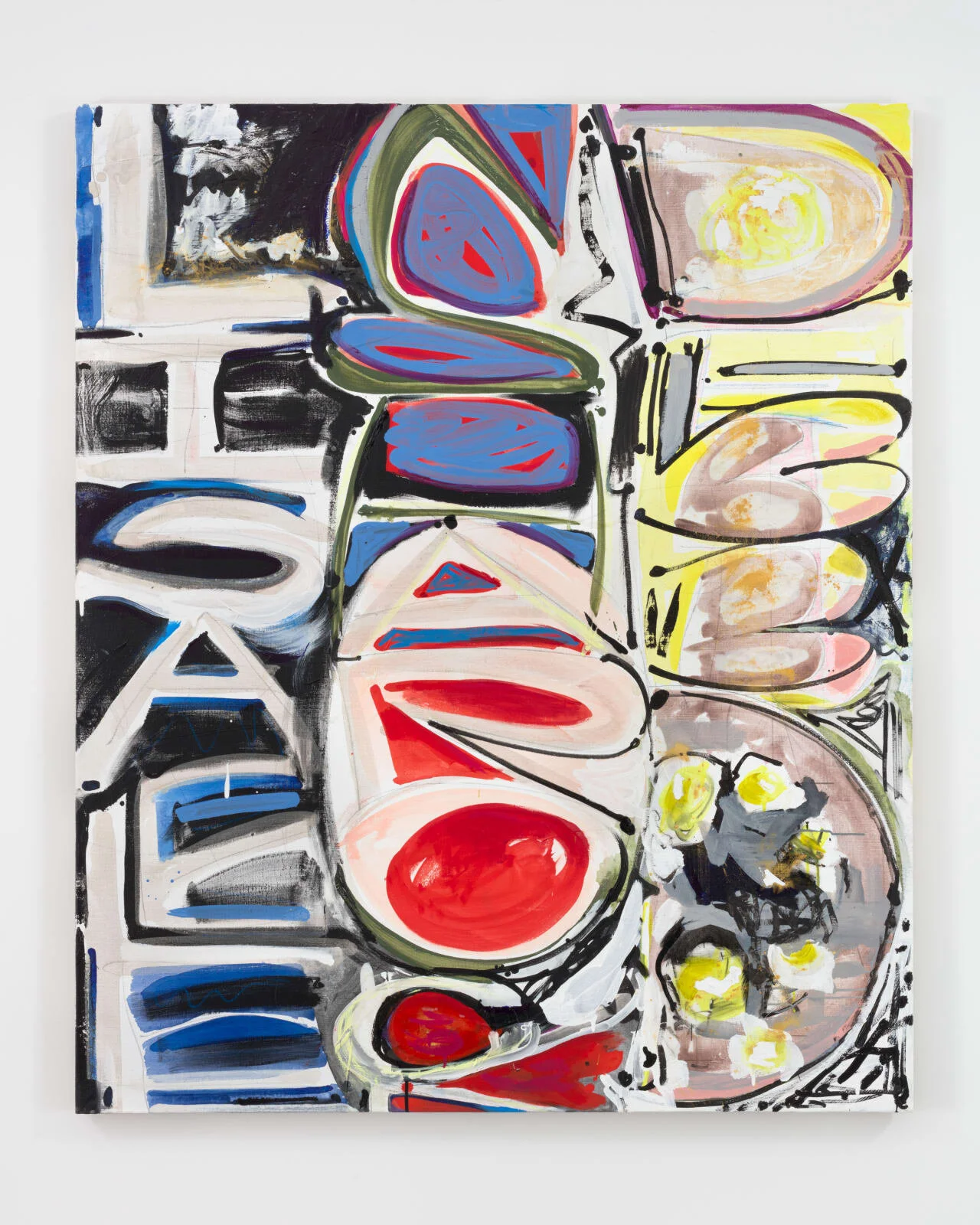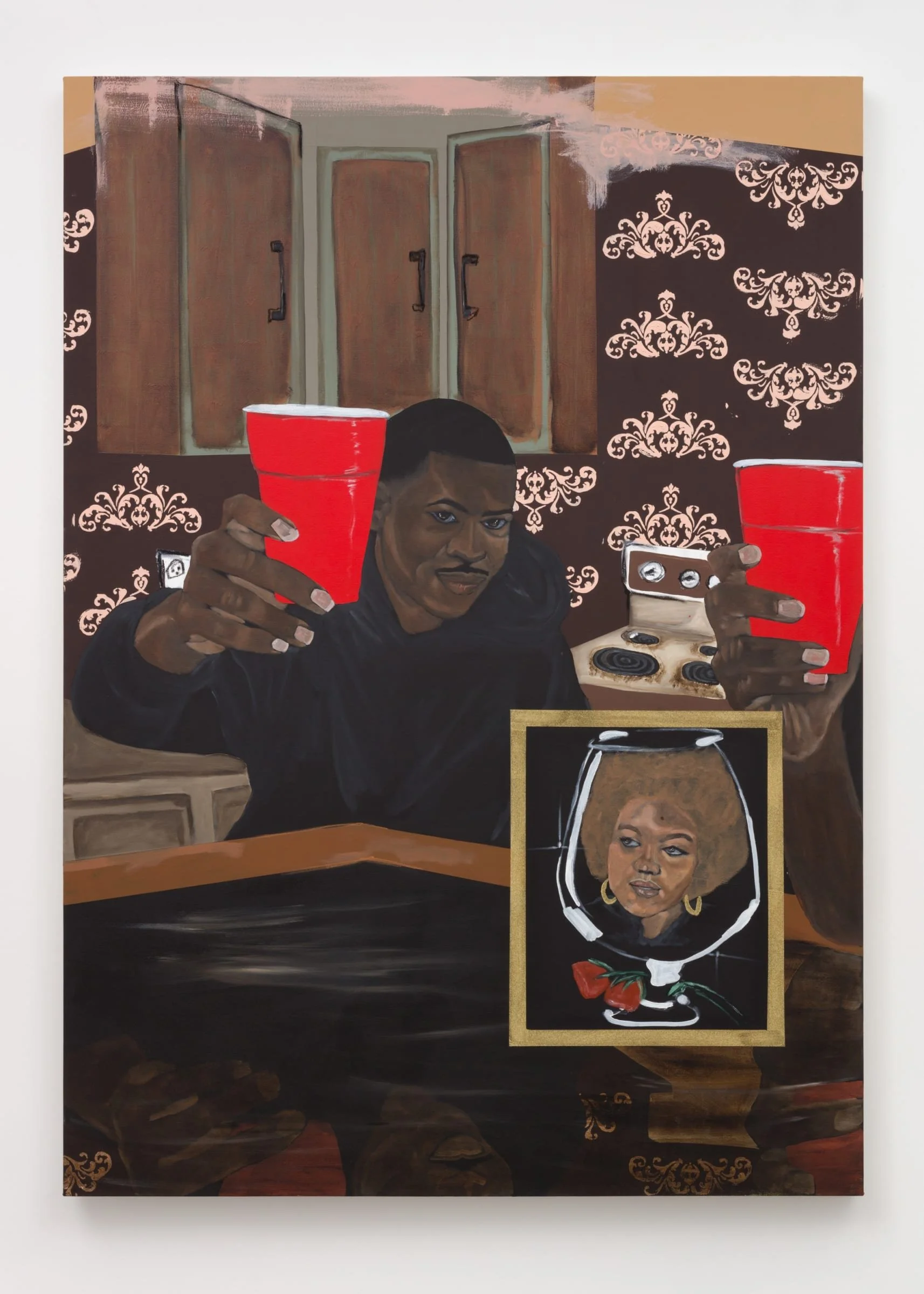Suzanne Mcclelland
“Playlist”
New York, 507 West 24th Street
In her newest series of paintings, PLAYLIST, McClelland approaches language through music, organizing lists and conjoining names of musicians to suggest language as a form of portraiture. Performers are paired based on aural affinities in their music, dissolving the factors of genre or category. McClelland approaches text as abstraction bringing to light the porous nature of identity. Since names are inherently abstract, and in this case proper names, they are only imbued with meaning once attached to a person. McClelland’s interest lies in parsing the gap between a name and its physicality; searching for what a name represents. The canvases become a place for inscription, akin to graffiti, a map, or initials carved into a tree. The materiality of McClelland’s paintings echoes this gesture as she employs polymers, dry pigments, archival glitter, and graphite to excavate meaning within their surface.
Yoko Ono with Bjork, 2021 Acrylic, oil and graphite on linen 59 x 49 inches 149.9 x 124.5 cm SMC.18501
Reflecting back on her early experience as a photographer and the chemistry in the dark room, McClelland’s material dissection similarly allows the final image to come into view almost magically as her framed subject emerges. The visual qualities of the names themselves create formal relationships within the canvas, asking the traditional structure of the grid to dissolve, shifting to accommodate pure color and the form of the letters. On the backs of the canvases, McClelland has collaged a collection of photographs of each performer, providing another set of data to inform the abstraction while relegating any direct representation.
The very act of creating a playlist is a personal one, and here, McClelland posits playlists as a form of both personal and collective memoir. In offering a list of names, the artist invites the viewer to bring their own memories and experiences to the work, suggesting a shared history built through music. Through recalling her own memories of musical history, abstracted on the canvas, McClelland implies a greater reverence for aural history, naming names, noting who listened to whom, and the performers’ recording history.







